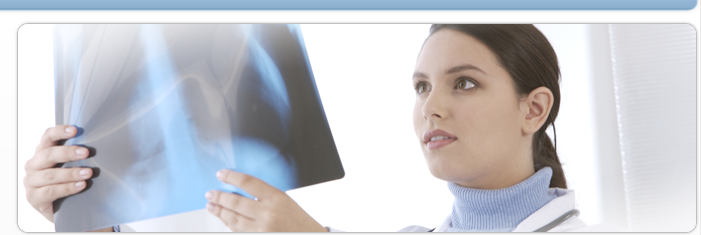Millions of Americans suffer from Restless Legs Syndrome (RLS). The U.S. FDA recently cleared Relaxis as the first device for treating RLS, and it has recently become available in Utah exclusively Advanced Care Home Medical & Oxygen.
“Do I Have Restless Legs Syndrome?”
What RLS Patients Need To Know
Millions of Americans suffer from Restless Legs Syndrome (RLS), yet haven’t been properly diagnosed. Dr. Mark Buchfuhrer, an internationally-known sleep medicine doctor with decades of experience treating severe RLS patients, answers some of the most common questions about the condition.
Q: What is Restless Legs Syndrome (RLS)?
A: RLS is a neurological sensorimotor disorder. Patients experience very uncomfortable sensations and an irresistible urge to move their legs while resting. They usually find relief by moving their legs or walking, but this significantly disrupts their sleep. Sleep deprivation is common because RLS symptoms peak at bedtime.
Q: How would a patient know whether they have RLS?
A: An estimated 12 million Americans may have RLS, but many patients go undiagnosed. There are no specific diagnostic tests, and patients often have difficulty describing their symptoms, so physicians may have trouble making the diagnosis. Patients who think they may have RLS should visit www.MyRelaxis.com to download a self-assessment to complete and share with their doctor.
Q: How is RLS diagnosed?
A: If the right questions are asked, RLS can be diagnosed in mere minutes. Unfortunately, most primary care physicians may not know about RLS, and patients typically have difficulty describing their symptoms. So their symptoms are often misdiagnosed as peripheral neuropathy, leg cramps, varicose veins or other non-RLS conditions. An incorrect diagnosis can cause patients to suffer for years before they can get help. Many of the patients I see have previously visited many other doctors, desperately searching for more effective treatments. Today, patients who feel they may have RLS can visit www.MyRelaxis.com to download a self-assessment to share with their doctor.
Q: How is RLS Treated?
A: Historically, prescription medications have been the primary treatment for moderate to severe RLS. Unfortunately, no single drug has been shown to be effective for all RLS patients, and they all have potential side effects, may interact with other medications and are not always effective. While some drugs work very well initially, they may cause RLS symptom to worsen over time. Some patients develop tolerance and dependence, so their doses have to be increased.
That’s why it’s great news that the U.S. Food and Drug Administration approved Relaxis as the first non-medication, prescription device to treat RLS. Relaxis provides an alternative to drug therapy. It also may help patients decrease dosages of medications that may be causing unwanted side effects. Relaxis was designed by a doctor who suffered from RLS himself. It has been scientifically proven to be safe and effective for improving sleep in people with primary moderate to severe RLS.
Q: How does a patient use Relaxis?
A: Patients place the Relaxis pad under their legs when going to sleep. When they feel RLS symptoms starting, they activate the Relaxis pad and choose their vibration intensity. After 30 minutes of soothing vibratory counterstimulation, Relaxis gradually ramps down and shuts off without waking the patient, providing similar relief to what the patient would get from massaging their legs.
Q: Where can patients find more information?
A: Patients can download a self-assessment to share with their doctor at www.MyRelaxis.com.
In addition, they can visit my website (http://www.rlshelp.org) for resources including Q&As that may help people identify their RLS symptoms and understand what others are experiencing.
Because Relaxis is prescription-only, patients should first talk with their doctor.
People with RLS need to know there are many effective treatments available today. They no longer need to suffer with Restless Legs Syndrome.

